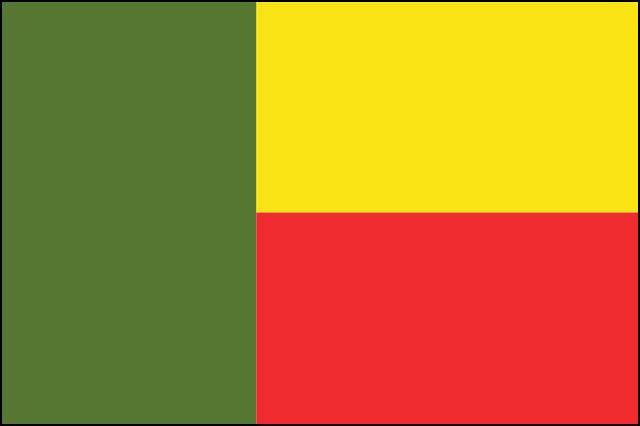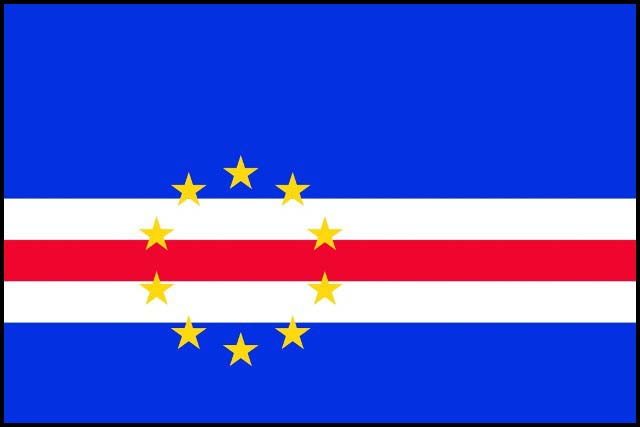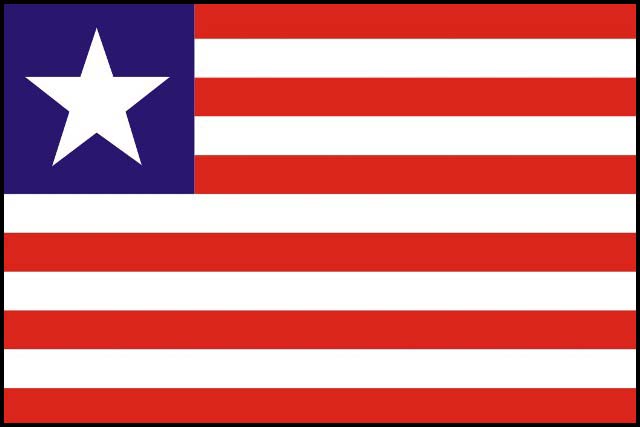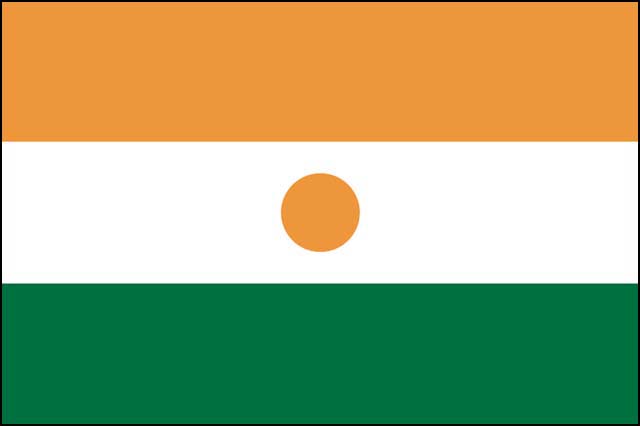Sierra Leone
Overview of the country
Sierra Leone is located on the West coast of Africa and covers a land area of 72, 325 Km2. It lies between Latitudes 6.55o N and 10.00 N and Longitudes 10.16 W and 13.18 W, with a Northern – South distance of 331 km and East – West distance of 326 km.
The country is bounded on the West by the Atlantic ocean, on the South – East by the Republic of Liberia and on the North-East by the Republic of Guinea.
The climate is tropical with two pronounced seasons: A wet (rainy) season from May to November and dry season from December to May, which includes harmattan, when cool, dry winds blow in off the Sahara Desert. Rainfall is highest in the coastal areas, 3,000 t0 5,000 mm per year but the average is 2,000 to 2,500 mm per annum.
The major agro-ecological zones (AEZs) for Sierra Leone are vegetation types and associated uses: (Uplands) - Tropical Closed Forest; Savannah Woodlands;
(Lowlands) - Swamp Forest (Woodlands); Seasonal Flooded Grasslands. The upland agro-ecology represents approximately 80 percent; and the rest are lowlands with potential for high crop yields under sound management practices.
The social structure of Sierra Leone has a significant influence on the rural administration of the country. The country is divided into five (5) regions/provinces namely East, West, North, South and North – West. The country is divided into twelve (12) districts, which are further subdivided into various chiefdoms that are headed by Paramount Chiefs. The chiefdoms are divided into sections, each of which is headed by a section chief. The sections are further divided into towns and villages.
The 2015 population and housing census showed a total population of 7,557,000 million people. The population has been growing at a rate of 3.2 per cent per annum.
Political, economic and social context of the country
-
Political context
The country is relative peaceful and stable and fully committed to all international public diplomacy.
-
Economic context
Real GDP growth was weak in 2018 at 3.5% but improved slightly to an estimated 5.0% in 2019, driven by agriculture and services, and in the first half of 2019 by extractive. Growth in demand is driven by consumption and investment. Average inflation was 16.9% in 2018 and an estimated 15.6% in 2019. The exchange rate depreciated by 47% between 2016 and 2019. Rapid depreciation in 2019 reflected expectations about economic. Sierra Leone terms of trade fluctuated substantially in recent years, it tended to decrease through 1969 - 2018 period ending at 34,624 million constant LCU in 2018. Doing Business 2017 report, conducted by the International Finance Corporation and the World Bank, ranks Sierra Leone 148 out of 190 economies for overall ease of doing business, down 3 places from its 2016 rank.
-
Social context
According to the findings of the 2018 Sierra Leone Integrated Household Survey (SLIHS) Report, poverty remains high in Sierra Leone with the official poverty rate standing at 56.8% in 2018. The national food and nutrition security situation shows a downward trend from 2019 to 2020 from (65.6% to 52.3%) a drop by 13.3%.
Agro-sylvo-pastoral and fishery sector
Major farming activities including brushing, felling, clearing, planting, fencing and weeding were undertaken on time. Following a timely onset of seasonal rains, planting of paddy rice, to be harvested from September, started in April 2019. Rainfed paddy is the major cereal grown in the country. Planting operations for maize, millet and sorghum are ongoing and the harvests have to start in August. The cumulative rainfall amounts since February/March is supporting favorable soil moisture conditions for crop growth and development. This is also contributing to the recovery of pasture conditions across the country. Weeding activities are underway in most cropping areas.
Crops production in Sierra Leone is guided annually by farming calendar; and all the agricultural activities are based on this calendar. Farming activities started in the month of April-May where the major activities were field clearing operations, acquisition and preparation of seeds and the repairs of farming implements.
A total of 126 Plant doctors have been trained across the 13 agricultural districts. 108 plant clinics have been established across the country in all 13 agricultural districts. The fall armyworm has been identified in 20 African countries but its presence in Ghana poses a serious threat to the Mano River countries like Sierra Leone. There is therefore an urgent need to put mitigating strategies in place to prevent an outbreak.
Livestock production is predominantly done in the north, central and south-Eastern part of the country. The country is richly endowed with over nine (9) rivers and streams which make access to safe drinking water for livestock production more profitable, especially in the north and south-eastern parts of the country. The topography and vegetation of the country coupled with the seasonality of the climate and weather accounts for water availability throughout the half cycle of the year. However, the recent trends in climate change have posed serious challenge of flooding and pasture for livestock farming. Sierra Leone also experienced rain fall far above average levels, even compared to other countries in the sub-region. This did not only affect livestock farming but also cause serious flooding for crop farmers.
The population of livestock in the country is higher in the Northern provinces where there is predominant savannah vegetation. Koinadugu district has the highest concentration of cattle. Other major cattle rearing areas are Port Loko, Bombali, and Kambia and Kono districts. There is a good availability of pasture across the country to feed animals over the whole year.
In general, the grass species in both the natural and artificial pastures grow fast during the wet season. Pastor resources are declining in productivity and show undesirable shifts in floristic composition and distribution in the country. Current systems of pasture resources management, control of stock density, and rehabilitation of degraded rangeland sites are posing a serious threat. 60% of the cattle and small ruminant population are concentrated, and over 8,000 sq. km of land has been left bare due to overgrazing.














